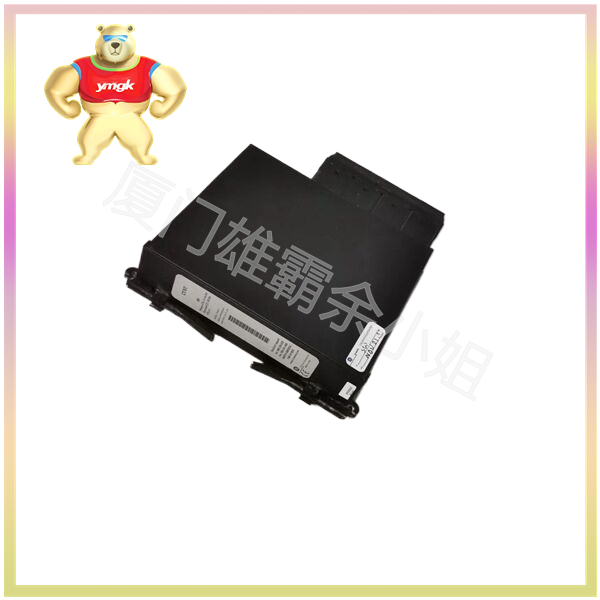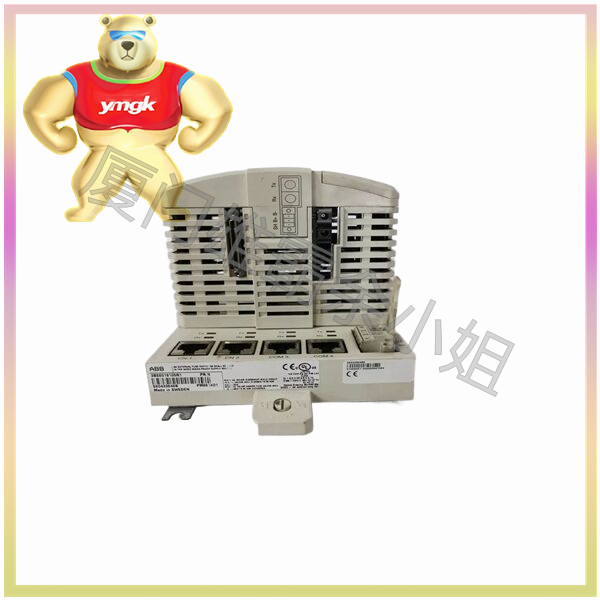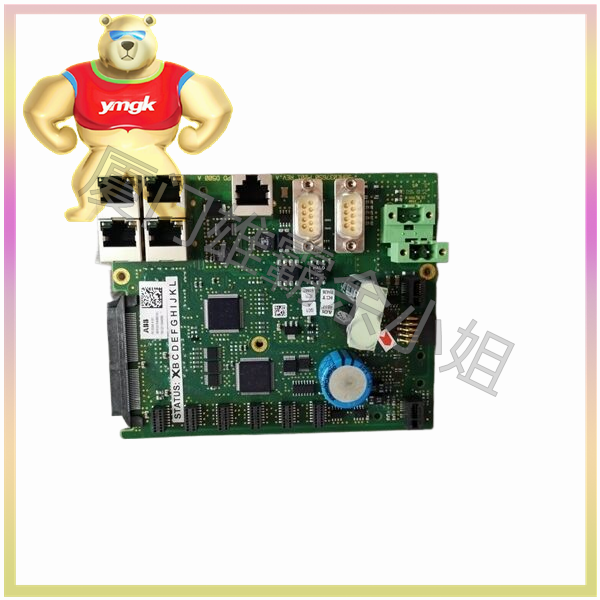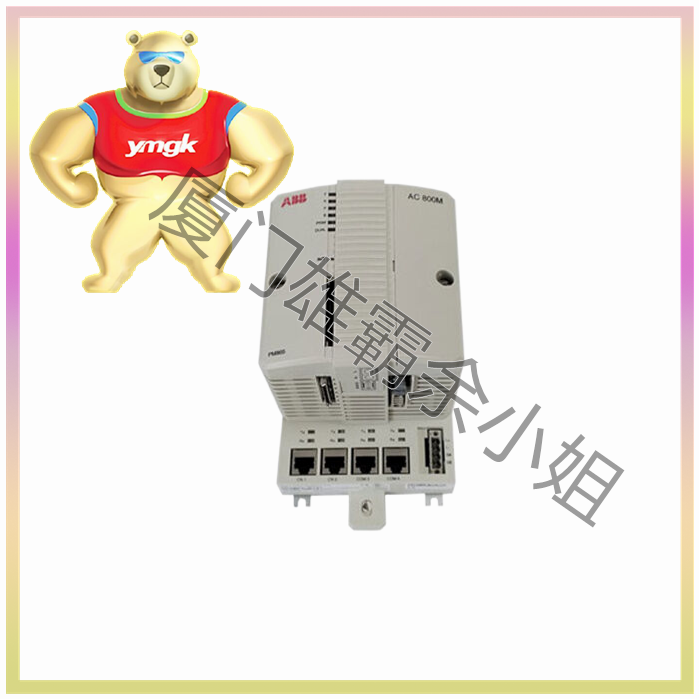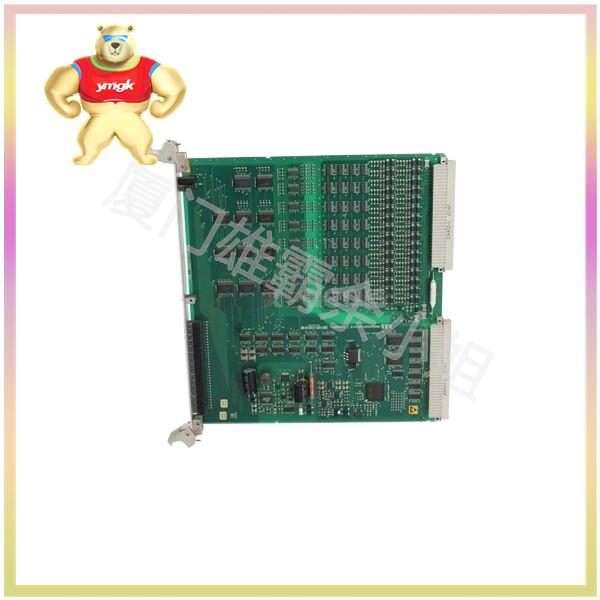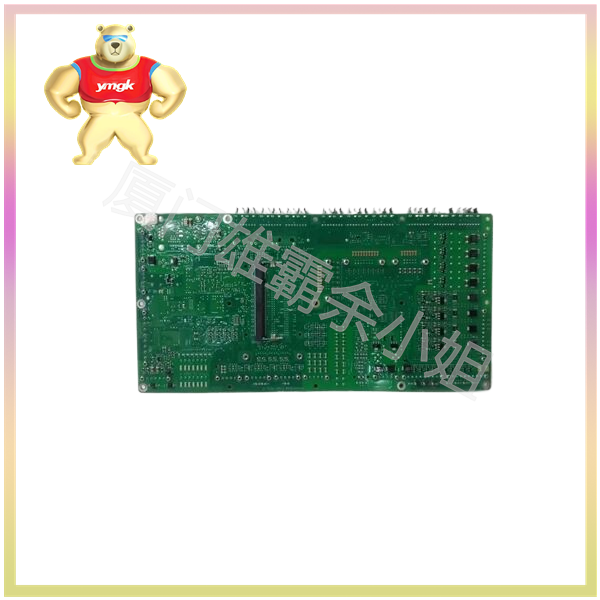- Manual tension control mode
Continuously adjusting the torque of the clutch or brake during the material receiving, discharging, or process to obtain the required tension requires users to check the tension of the controlled material at any time and adjust the output torque at any time. If pneumatic brakes or clutches are used, the manual controller can directly use precision pressure regulating valves, which can save users some equipment costs. However, it is only suitable for low-speed composite machines, extruders, textile machinery, and other situations where tension control requirements are not high.
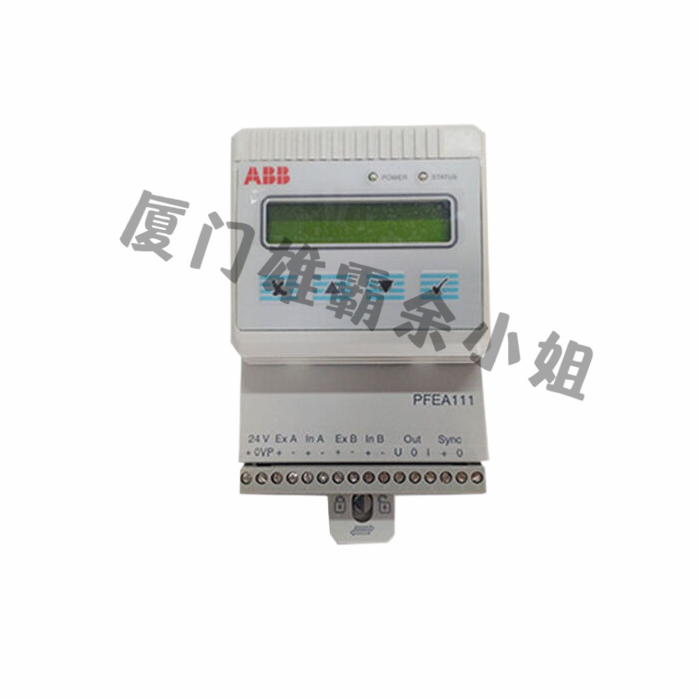
- Semi automatic tension control mode
Using ultrasonic principles and other techniques to automatically detect roll diameter and adjust roll tension, for example, the ST type tension controller from Dongguan Tailing Electromechanical Co., Ltd. is essentially a semi closed loop control of tension. It can not only automatically measure roll diameter and control torque output, but also has functions such as buffering start, anti loose roll, and inertia compensation. The implementation cost of this plan is relatively low, so it is widely used in mid-range machinery.
- Fully automatic tension control mode
There are generally two types of detection methods. One method is to measure the tension of the coil material through a tension sensor, and then the controller automatically adjusts the clutch or brake to control the tension of the coil material. This method is a fully closed-loop control of tension. In principle, this scheme can reflect the changes in tension in real time, so the control accuracy is the highest. Therefore, some high-end precision mills, high-speed slitting machines and other metallurgical plants adopt fully automatic tension control systems.

